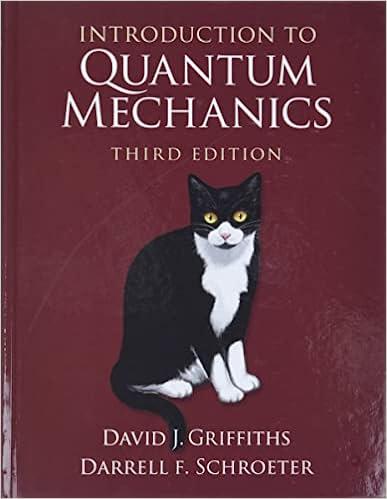Certain cold stars (called white dwarfs) are stabilized against gravitational collapse by the degeneracy pressure of their
Question:
Certain cold stars (called white dwarfs) are stabilized against gravitational collapse by the degeneracy pressure of their electrons (Equation 5.57). Assuming constant density, the radius R of such an object can be calculated as follows:
(a) Write the total electron energy (Equation 5.56) in terms of the radius, the number of nucleons (protons and neutrons) N, the number of electrons per nucleon d, and the mass of the electron m. Beware: In this problem we are recycling the letters N and d for a slightly different purpose than in the text.
(b) Look up, or calculate, the gravitational energy of a uniformly dense sphere. Express your answer in terms of G (the constant of universal gravitation), R, N, and M (the mass of a nucleon). Note that the gravitational energy is negative.
(c) Find the radius for which the total energy, (a) plus (b), is a minimum.

Put in the actual numbers, for everything except N, using d = 1/2 (actually, d decreases a bit as the atomic number increases, but this is close enough for our purposes).
(d) Determine the radius, in kilometers, of a white dwarf with the mass of the sun.
(e) Determine the Fermi energy, in electron volts, for the white dwarf in (d), and compare it with the rest energy of an electron. Note that this system is getting dangerously relativistic (see Problem 5.36).
Equation 5.56

Equation 5.57

Step by Step Answer:

Introduction To Quantum Mechanics
ISBN: 9781107189638
3rd Edition
Authors: David J. Griffiths, Darrell F. Schroeter





